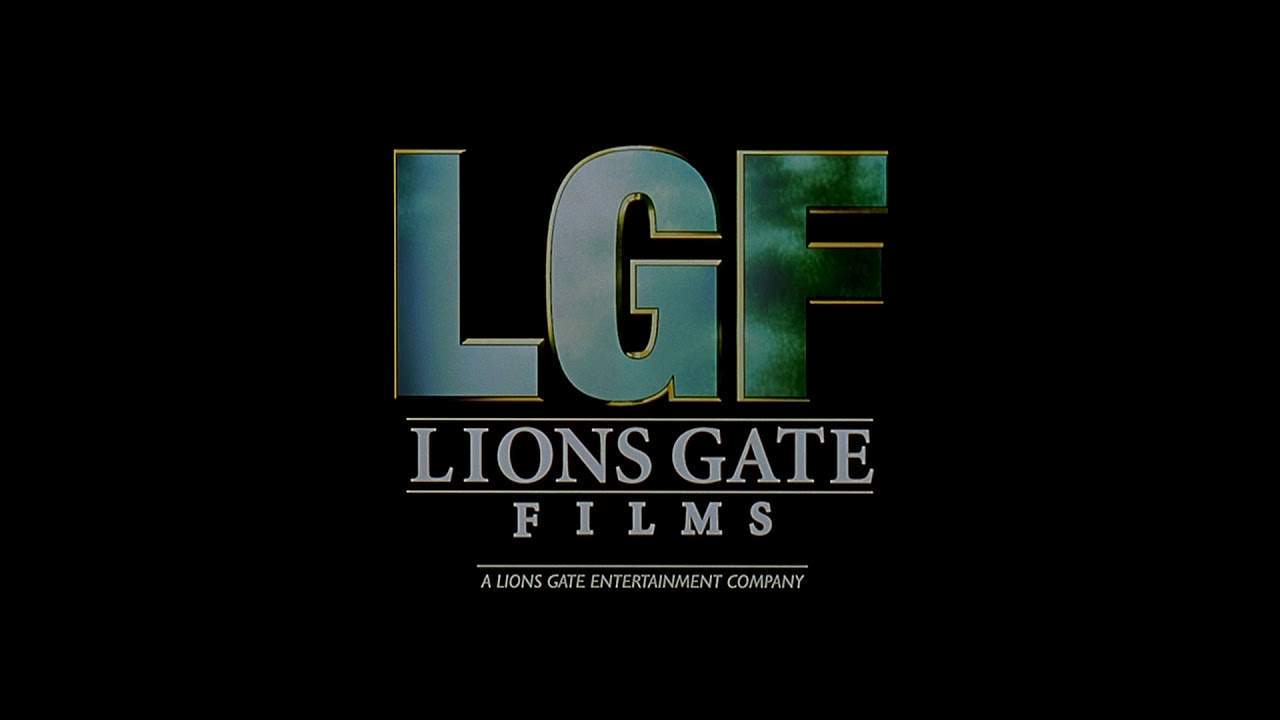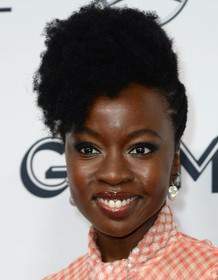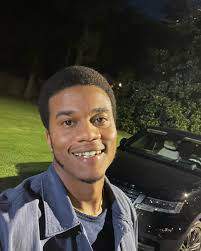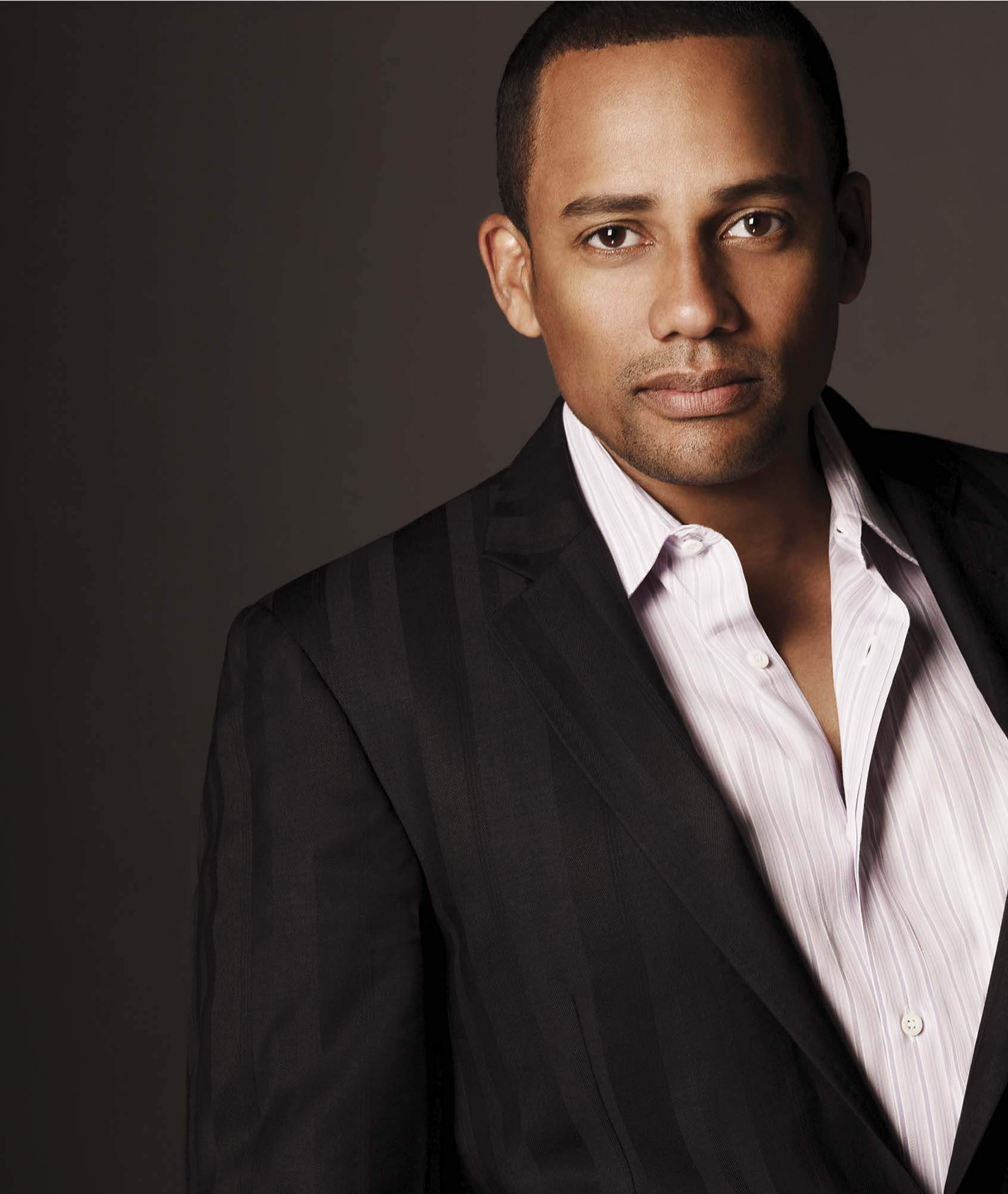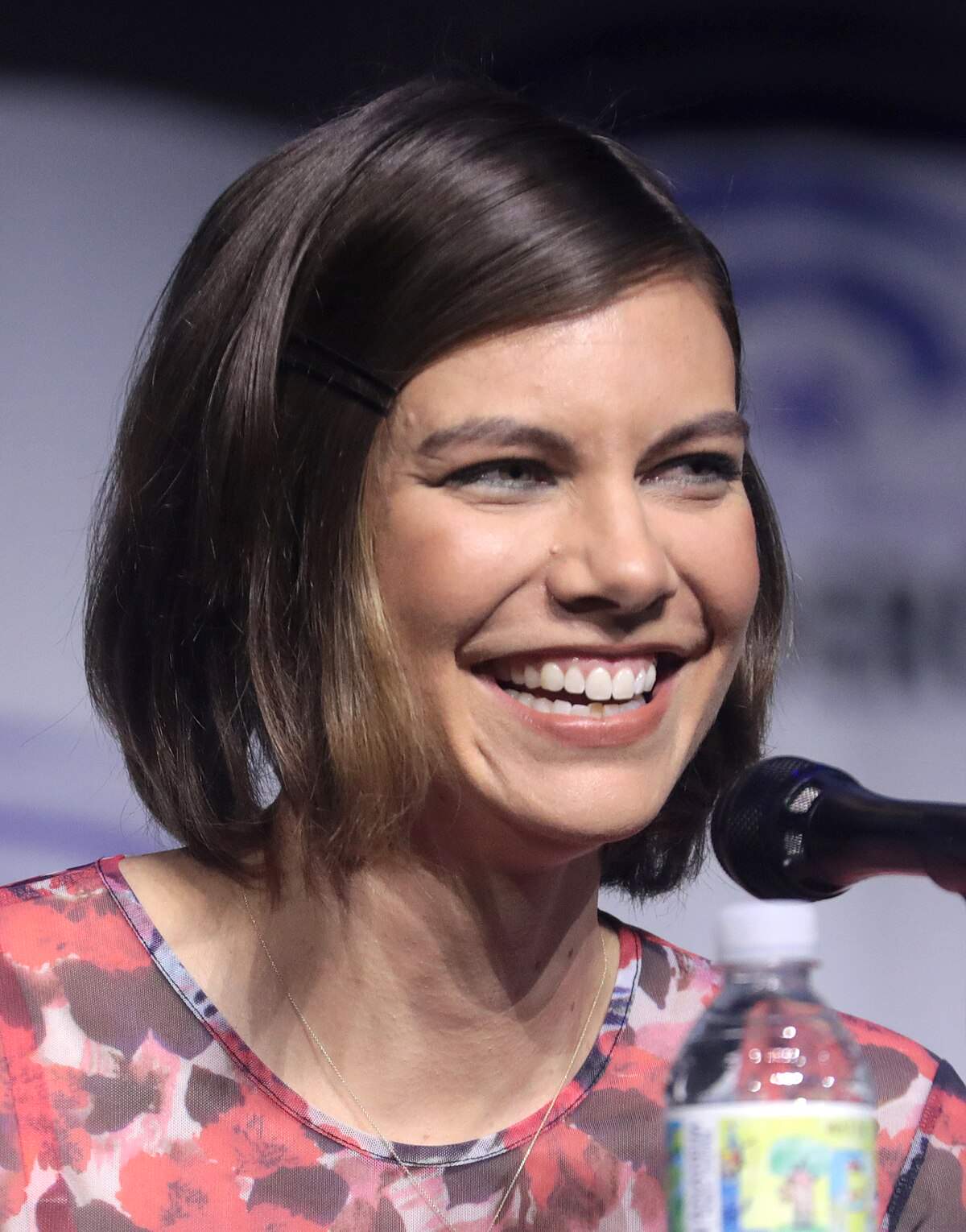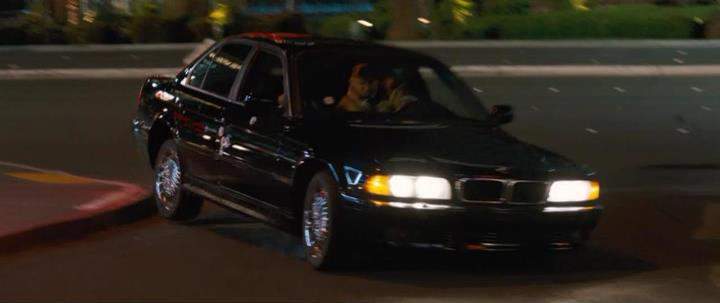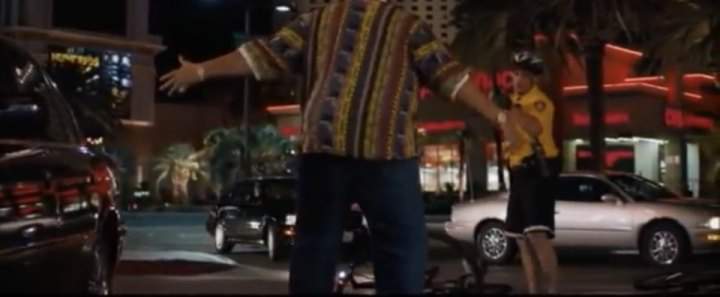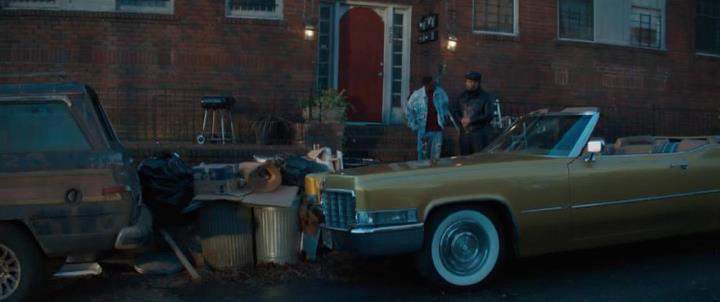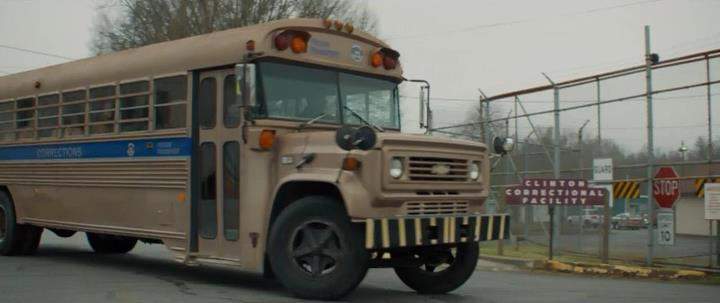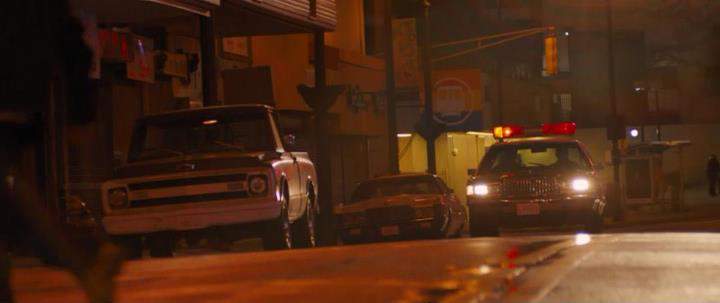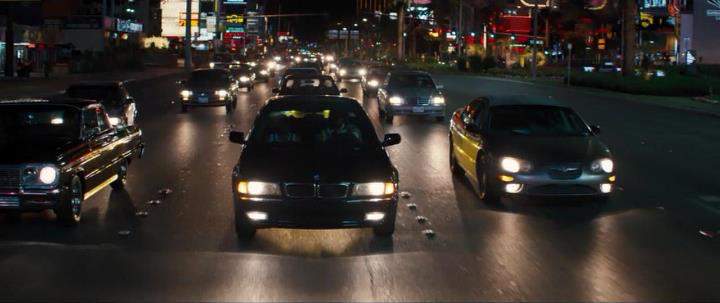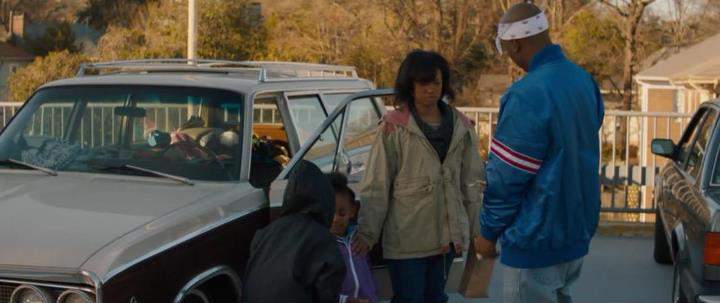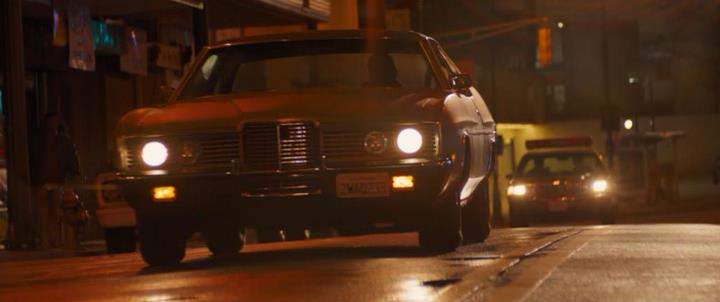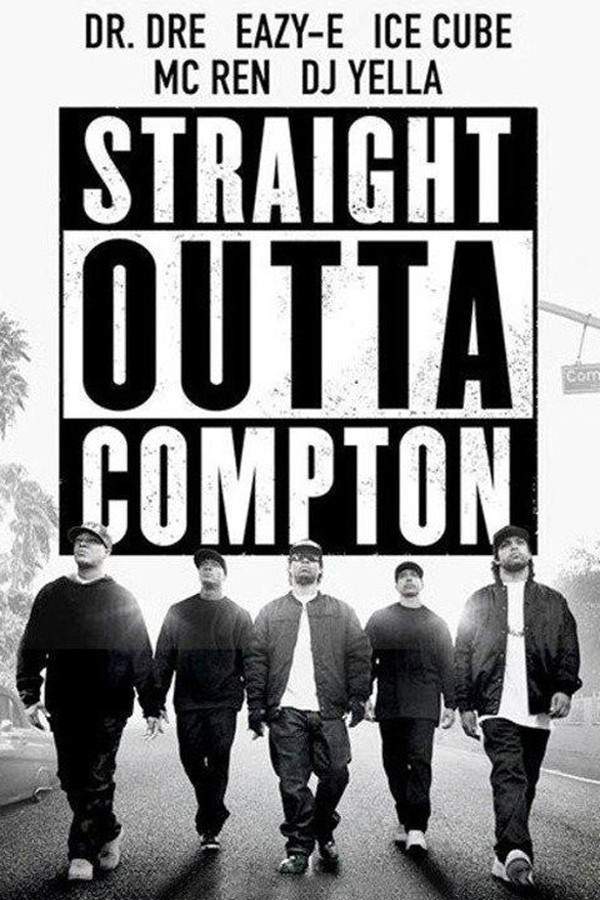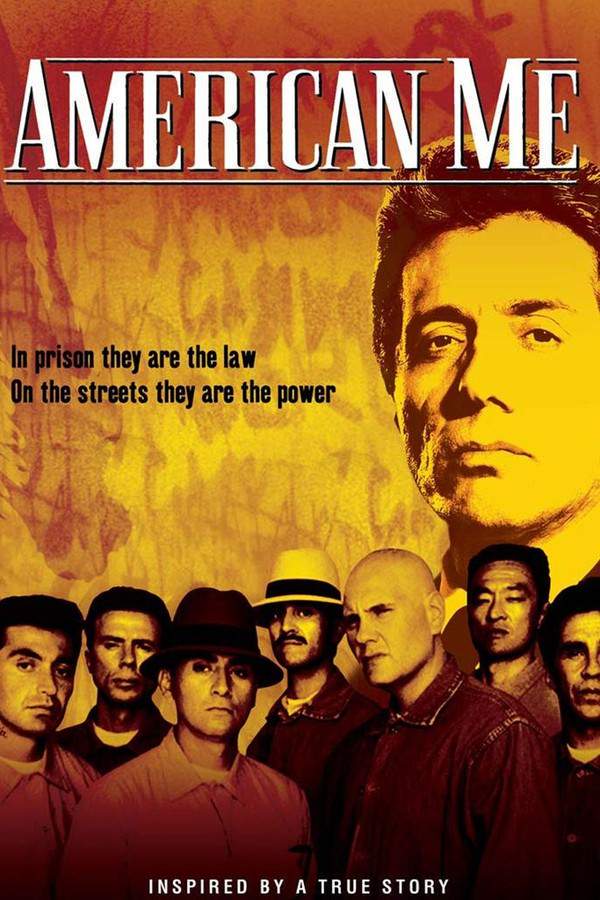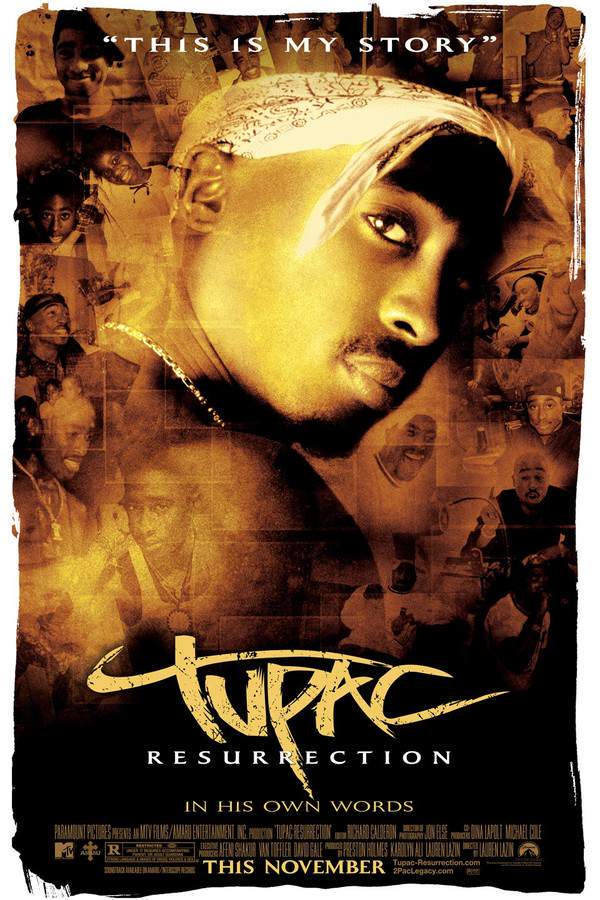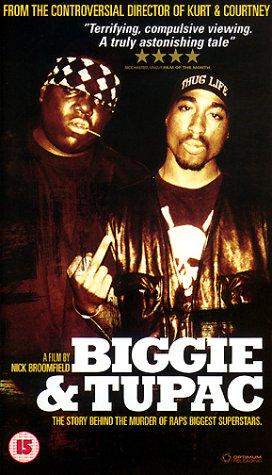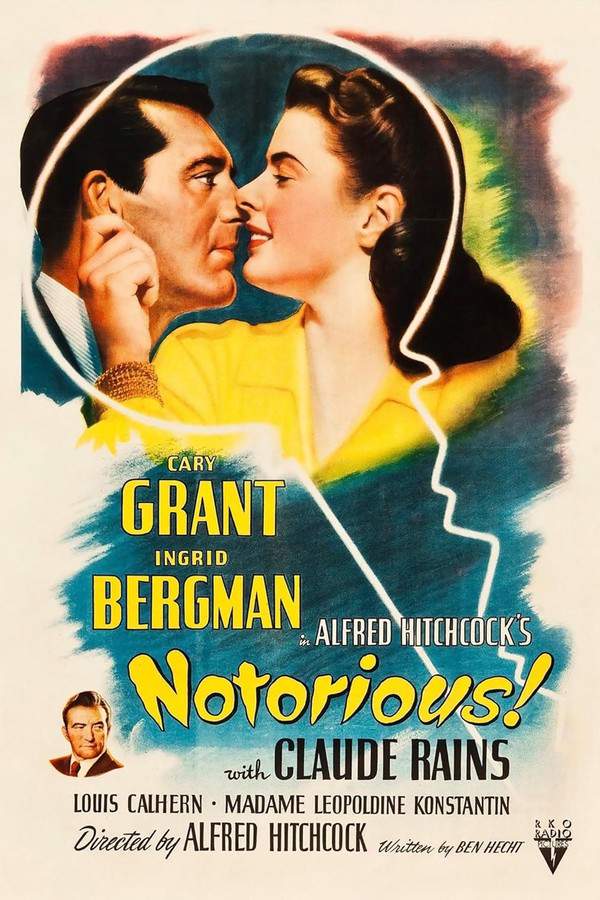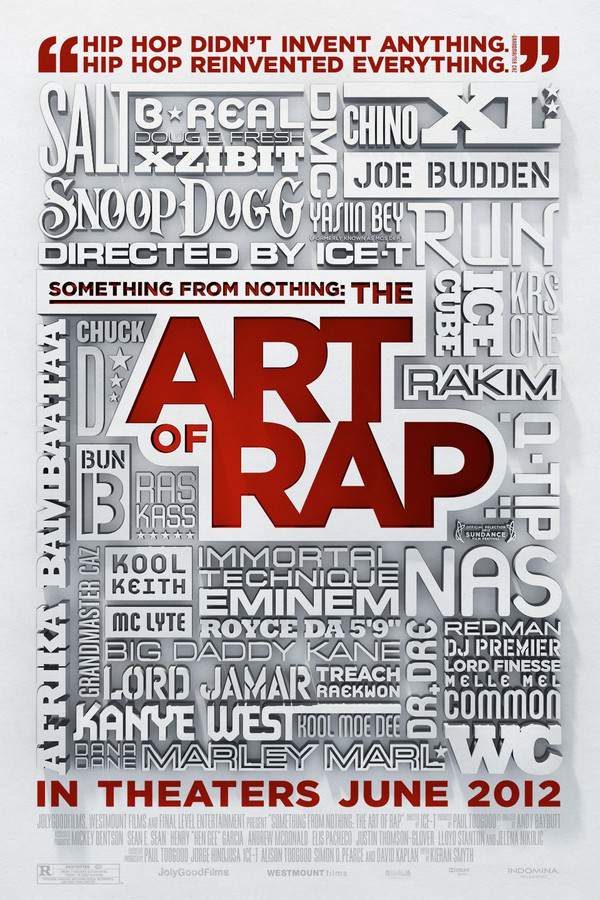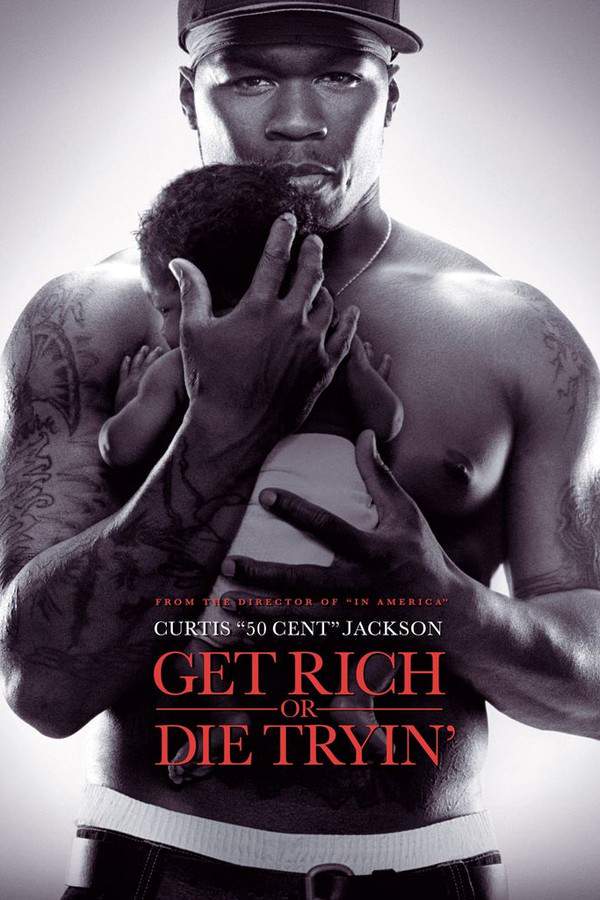All Eyez on Me 2017
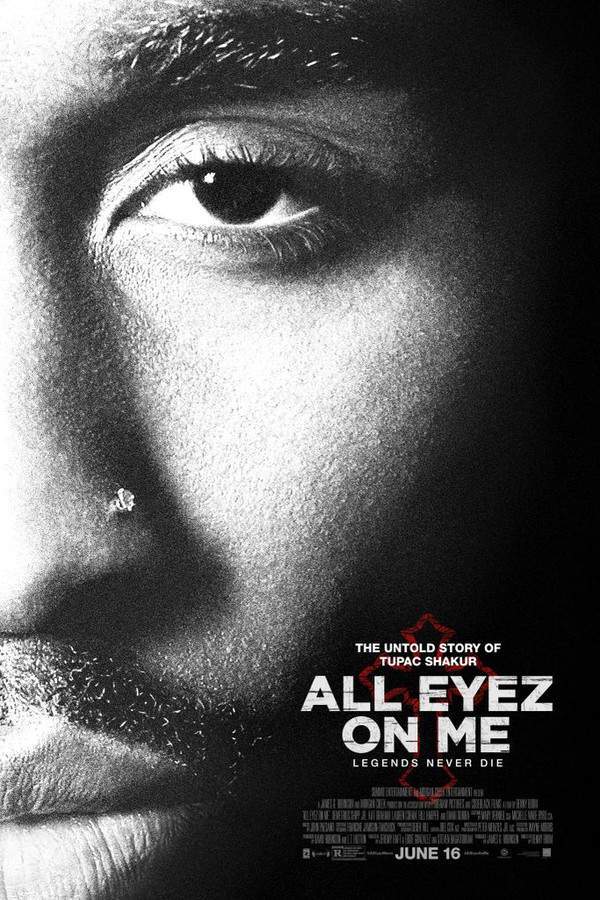
The film chronicles the life of Tupac Shakur, from his challenging upbringing in poverty to his rise as a globally recognized music icon. Through his powerful lyrics and unwavering dedication to social justice, Shakur became a defining voice of his generation, leaving an indelible mark on popular culture that continues to resonate long after his untimely death. The story explores his remarkable journey and the impact he had on the world.
Does All Eyez on Me have end credit scenes?
No!
All Eyez on Me does not have end credit scenes. You can leave when the credits roll.
Meet the Full Cast and Actors of All Eyez on Me
Explore the complete cast of All Eyez on Me, including both lead and supporting actors. Learn who plays each character, discover their past roles and achievements, and find out what makes this ensemble cast stand out in the world of film and television.
External Links and Streaming Options
Discover where to watch All Eyez on Me online, including streaming platforms, rental options, and official sources. Compare reviews, ratings, and in-depth movie information across sites like IMDb, TMDb, Wikipedia or Rotten Tomatoes.
Ratings and Reviews for All Eyez on Me
See how All Eyez on Me is rated across major platforms like IMDb, Metacritic, and TMDb. Compare audience scores and critic reviews to understand where All Eyez on Me stands among top-rated movies in its genre.

The Movie Echo Score
In overall, All Eyez on Me exhibits an uneven blend of compelling performances and technical virtues undermined by structural and narrative shortcomings. While certain elements such as the lead’s energy and select musical sequences generate enthusiasm, inconsistencies in visual design, editing rhythm, and thematic depth dilute engagement. The film’s sporadic strengths are overshadowed by its overarching lack of cohesion, resulting in a mixed experience.
The Movie Echo Score Breakdown for All Eyez on Me

Art & Craft
In terms of Art & Craft, the film offers moments of competent cinematography yet suffers from uninspired direction, simplistic production design, and abrupt editing choices. Critical observations praise its solid filmmaking foundation, but user accounts highlight bland visual environments and jarring cuts that undermine immersion. Overall, technical execution remains uneven.

Character & Emotion
In terms of Character & Emotion, the lead performance delivers credible energy and captures Tupac’s cadence, yet supporting roles often feel underdeveloped and emotionally muted. Observers note the protagonist’s authenticity but lament the shallow secondary character dynamics and dualistic portrayal. This uneven character depth limits emotional resonance.

Story & Flow
In terms of Story & Flow, the film’s non-linear structure and rapid scene shifts undermine narrative coherence and depth. Critical feedback highlights a busy script that blurs essential nuances, while users describe confusing chronology, rushed character arcs, and superficial treatment of significant events. Consequently, the plot feels disjointed and underdeveloped.

Sensory Experience
In terms of Sensory Experience, the soundtrack delivers striking musical moments while sound design remains functional, yet sporadic use of performance scenes limits impact. Critics commend the lively tunes and occasional camera flourishes, but users point to inconsistent visual cohesion and scarce musical setpieces. Overall, the sensory dimension is engaging but unevenly applied.

Rewatch Factor
In terms of Rewatch Factor, the film presents compelling sequences and energetic performances that momentarily engage viewers, yet pervasive structural flaws and uneven pacing detract from sustained appeal. While dedicated fans may revisit select scenes of musical intensity, the overall lack of narrative cohesion and technical polish limits broader replay value.

38
Metascore
4.6
User Score


17%
TOMATOMETER

54%
User Score

5.9 /10
IMDb Rating

67
%
User Score

2.7
From 55 fan ratings

3.29/5
From 14 fan ratings
Take the Ultimate All Eyez on Me Movie Quiz
Challenge your knowledge of All Eyez on Me with this fun and interactive movie quiz. Test yourself on key plot points, iconic characters, hidden details, and memorable moments to see how well you really know the film.
All Eyez on Me Quiz: Test your knowledge on the life and legacy of Tupac Shakur as depicted in the film 'All Eyez on Me'.
In what year does the documentary filmmaker begin filming Tupac's life at Clinton Correctional Facility?
1992
1995
1997
2000
Show hint
Full Plot Summary and Ending Explained for All Eyez on Me
Read the complete plot summary of All Eyez on Me, including all major events, twists, and the full ending explained in detail. Explore key characters, themes, hidden meanings, and everything you need to understand the story from beginning to end.
The narrative begins in 1995 at the Clinton Correctional Facility, where a documentary filmmaker, Hill Harper, arrives with his crew to meet the iconic Tupac Amaru Shakur (Demetrius Shipp Jr.). He seeks to uncover the true story from the man himself.
Flashing back to 1971 New York City, we find Tupac’s mother, Afeni, portrayed by Danai Gurira, recently released from prison along with her fellow Black Panthers after successfully fighting several charges. Pregnant with Tupac at the time, Afeni voices her deep grievances to a reporter regarding the systemic mistreatment of black individuals by society and those mandated to protect their rights.
As a child, Tupac is instilled with a sense of black pride and witnesses numerous instances of injustice in his East Harlem neighborhood, which include instances of racism and police brutality. His stepfather, Mutulu ([Jamie Hector]), serves as an Afrocentric revolutionary, deeply influencing both Afeni and Tupac. The FBI hunts for Mutulu, who is wanted for a robbery and the murder of police officials, creating a pervasive atmosphere of danger for the family. Their life dramatically shifts when law enforcement aggressively storms their home, brutally restraining young Tupac and his sister.
Transitioning into his teenage years, Tupac rejects his mother’s ideologies and makes the choice to live independently alongside his sister. In a pivotal moment, he catches Afeni buying drugs from a dealer and confronts her, wishing for her to overcome her addiction. This leads him to seek rehabilitation for her, reassuring her of her strength.
During his formative years at the Baltimore School for the Arts, Tupac forges a strong friendship with Jada Pinkett, during which they promise each other lifelong friendship. He even shares a heartfelt poem dedicated to her, symbolizing the depth of their bond.
Tupac’s burgeoning music career commences with the Digital Underground’s hit “Same Song,” guiding him under the mentorship of Leila Steinberg, where he begins creating revolutionary hip-hop albums. However, his provocative tracks such as “Brenda’s Got a Baby” spark controversy due to their sensitive subject matter, highlighting issues of poverty and sexual violence. Defending his work, he passionately argues about the genuine stories behind his lyrics, emphasizing their real-world relevance. Critiqued for an alleged misogynistic stance due to his experiences relating to his mother, Tupac counters by releasing “Keep Ya Head Up,” a heartfelt tribute to black women.
In 1991, Tupac also ventures into acting with films like “Juice,” all while maintaining collaborations with artists such as Biggie Smalls. His performances elicit both admiration and criticism; he is seen altruistically aiding those in need while navigating a turbulent relationship with law enforcement—faced with harassment and violence stemming from systemic racism.
Despite some altercations, Tupac’s fame grows, yet so do the complications in his life. He becomes involved in dangerous liaisons with criminal elements, leading to increasing tensions and violence surrounding him. His tumultuous relationship with Briana ([Erica Pinkett]) leads to legal challenges when allegations of sexual misconduct arise.
A pivotal moment occurs on November 30, 1994, when Tupac is violently attacked in Quad Recording Studios by assailants, leaving him severely injured. His close friends rally to his side, but their efforts are marred by attempts to reach him which are thwarted due to hospital regulations. Post-recovery, he faces a tumultuous trial, ultimately being convicted on lesser charges.
While serving time, Tupac reflects on betrayal and uncovering layers of his life through his music. Following a brief sentence, he hits the ground running, signing with Death Row Records and collaborating with colossal names in hip-hop such as Dr. Dre and Snoop Dogg. The release of “California Love” becomes an anthem, even as it contrasts sharply with the escalating anger expressed in “Hit Em Up,” aimed at Biggie and others. This spurns a rift in personal relationships, particularly with Jada Pinkett.
As 1996 unfolds, Tupac finds love with Kidada Jones, igniting a romance that seeks to transcend his chaotic lifestyle, culminating in a heartfelt engagement. Nevertheless, the shadows of his past loom large, and he contemplates leaving Death Row to form his own production house where his creative vision can flourish.
When tragedy strikes on September 7, 1996, after leaving a boxing match in Las Vegas, Tupac is caught in a barrage of gunfire initiated by unknown gang members, resulting in grave injuries. Despite immediate help from his entourage, including Suge ([Dominic L. Santana]), he succumbs to his wounds just days later, leaving behind a legacy of music and film that reflects both genius and turmoil.
The film poignantly closes with a clip showcasing the real Tupac, expressing his wish for the world to truly understand his essence.
Uncover the Details: Timeline, Characters, Themes, and Beyond!

Coming soon on iOS and Android
The Plot Explained Mobile App
From blockbusters to hidden gems — dive into movie stories anytime, anywhere. Save your favorites, discover plots faster, and never miss a twist again.
Sign up to be the first to know when we launch. Your email stays private — always.
Watch Trailers, Clips & Behind-the-Scenes for All Eyez on Me
Watch official trailers, exclusive clips, cast interviews, and behind-the-scenes footage from All Eyez on Me. Dive deeper into the making of the film, its standout moments, and key production insights.
Cars Featured in All Eyez on Me
Explore all cars featured in All Eyez on Me, including their makes, models, scenes they appear in, and their significance to the plot. A must-read for car enthusiasts and movie buffs alike.
All Eyez on Me Themes and Keywords
Discover the central themes, ideas, and keywords that define the movie’s story, tone, and message. Analyze the film’s deeper meanings, genre influences, and recurring concepts.
All Eyez on Me Other Names and Titles
Explore the various alternative titles, translations, and other names used for All Eyez on Me across different regions and languages. Understand how the film is marketed and recognized worldwide.
Similar Movies To All Eyez on Me You Should Know About
Browse a curated list of movies similar in genre, tone, characters, or story structure. Discover new titles like the one you're watching, perfect for fans of related plots, vibes, or cinematic styles.
Quick Links: Summary, Cast, Ratings, More

What's After the Movie?
Not sure whether to stay after the credits? Find out!
Explore Our Movie Platform
New Movie Releases (2025)
Famous Movie Actors
Top Film Production Studios
Movie Plot Summaries & Endings
Major Movie Awards & Winners
Best Concert Films & Music Documentaries
Movie Collections and Curated Lists
© 2025 What's After the Movie. All rights reserved.


